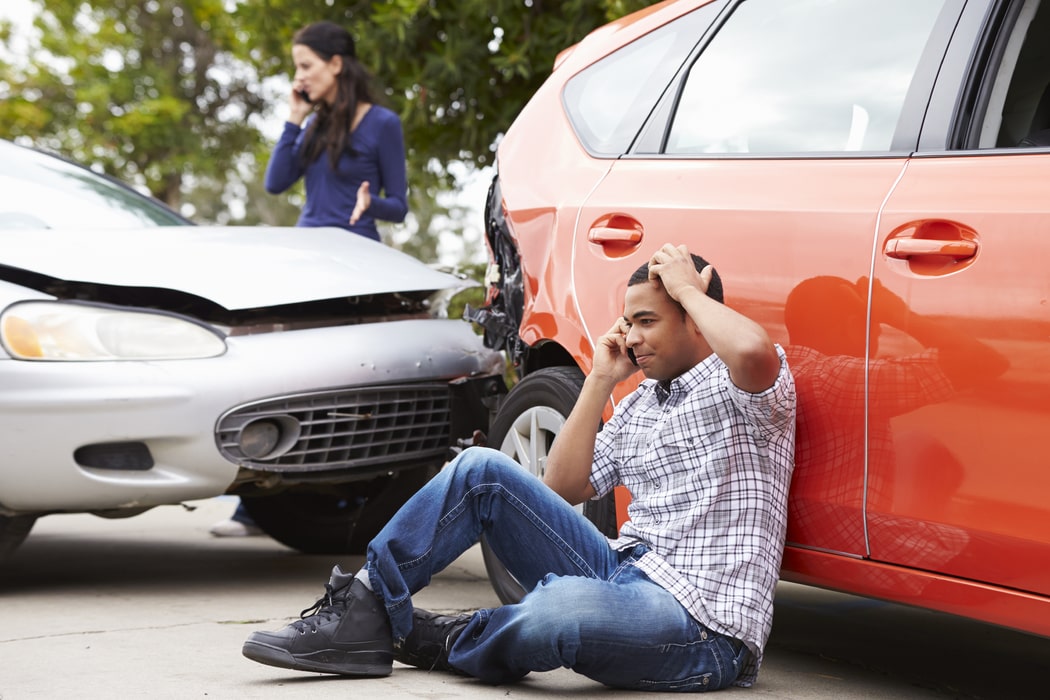
A majority of traffic accidents stem from driver error, but driving under the influence, distracted driving, and failure to wear a seat belt were all common denominators in fatal crashes across the nation in 2016. A city’s population, number of licensed drivers and registered vehicles, and changes in traffic volume can also affect the amount of crashes in any given location. After compiling 2016 crash statistics, 24/7 Wall St., determined that 52 cities were the deadliest in which to drive. You might need to find an injury lawyer following an accident in one of these seven cities that made the list.
New Orleans, Louisiana
The Big Easy landed in the 29th spot with 51 fatal crashes, including 18 involving drunk driving. New Orleans is the largest city in Louisiana. So, like the rest of the state noticed one or more contributing factors common in many fatality accidents. These included:
- infrastructure-related factors like roadway departures in 57.8% of all fatalities and incidents at intersections in 19.1% of all fatalities.
- a seat belt usage rate below the national average with 31.8% of all fatalities involving unbelted motor vehicle occupants.
- a continued increase in alcohol-related fatalities, which has risen 10.7% since 2005 and exceeds the national average.
- distracted drivers representing 20.6% of all fatalities and young drivers between ages 15 and 24 accounting for 27.8% of all fatalities.
Tucson, Arizona
Tucson is the second largest city in Arizona and found itself at number 28 on the list with 52 fatal crashes, including 10 involving drunk driving. Two of the most common reasons for 2016 Tucson car accidents were distracted driving and weather and/or road conditions, especially on the morning commute. Additionally, other common causes included:
- Failure to obey traffic signs/signals
- Speeding
- Tailgating
- Reckless driving
- Drowsy driving
- Drinking and driving
- Lastly, vehicle malfunction
Las Vegas, Nevada
The majority of Nevada’s traffic accidents occur in Las Vegas and Reno. While Reno did not make the list, Sin City landed in the middle at spot number 26 with 53 fatal crashes, including 14 that were alcohol-related. Las Vegas is the most populous city in Nevada. As a result, Las Vegas, like most metropolitan areas, experiences issues with infrastructure maintenance falling short of its needs. Typical Las Vegas arterials are four to six lanes wide with average speed limits of 45 mph, which allows quick movement through the city that is not always conducive to safety. Other leading causes of traffic fatalities included:
- Speeding
- Distracted driving
- Not wearing seat belts
- Driving under the influence
- Drivers aged 20 and younger
Albuquerque, New Mexico
Bernalillo County experienced 100 fatal traffic accidents in 2016, which included 90 in Albuquerque alone, placing it 12th on the list. Driving while intoxicated fatalities in Bernalillo County more than doubled between 2013 and 2016, which included 31 fatal accidents involving drunk driving just in Albuquerque.
Top contributing factors in all crashes statewide were:
- 21% driver inattention
- 14% failure to yield right of way
- 12% following too close
Top contributing factors in crash-related fatalities were:
- 50% alcohol or drug involvement
- 11% speeding
- 8% driver inattention
Chicago, Illinois
Chicago is the third most populous U.S. city with a little over 2.5 million people residing in the Windy City. At number seven, Chicago had 117 fatal crashes. This included 24 related to drunk driving, despite strict DUI laws. Statewide, excessive speed was a typical contributing factor in about one-third of all crashes, as was alcohol involvement. Unlike many of the southern states on the list, Chicago drivers also battle severe winter weather. This includes snow and ice that greatly contribute to dangerous, sometimes deadly, road conditions.
Phoenix, Arizona
With a little over 1.5 million residents, Phoenix is the fifth most populous city in the nation, but found itself in spot number three with 215 fatal crashes. Drunk drivers caused 31.19% of all fatal crashes in Arizona in 2016, including 50 fatal crashes in Phoenix alone.
Besides alcohol impairment, the top two violations in Phoenix that caused collisions were failure to yield accounting for 28% and speeding accounting for 26% of all accidents. Additionally, less minor causes of accidents included:
- Disregarding traffic signals
- Unsafe lane changes
- Following too close
- Improper turns
- Failure to keep within lanes
- Running stop signs
- Driving in opposing traffic
Los Angeles, California
Finally, as the second most populous city in the nation, the City of Angels tops the list in the number one spot with 305 fatal crashes. Throughout LA County, over 25% of all crashes involve alcohol impairment. This included 46 fatal crashes involving drunk driving in the City of Los Angeles alone, making impaired driving the most common cause of traffic accidents. Further, speeding, tailgating and unrestrained motor vehicle occupants were other contributing factors in fatalities statewide. Los Angeles traffic accidents also spike during rainstorms when built up roadway oil becomes slippery when wet.
Find an Injury Lawyer in Las Vegas
In a wreck? Need a check?™ When you need to find an injury lawyer following a Las Vegas traffic accident, trust the experienced personal injury lawyers at Lerner and Rowe Injury Attorneys. We will aggressively fight for the justice of our clients. We know how to throughly navigate the complex legal mine fields of an injury case. Contact us via LiveChat, visit our office from 8 AM to 5 PM or reach us anytime at 844-977-1900 for a free initial consultation and no fee unless you win your case. So don’t wait; contact us today!



